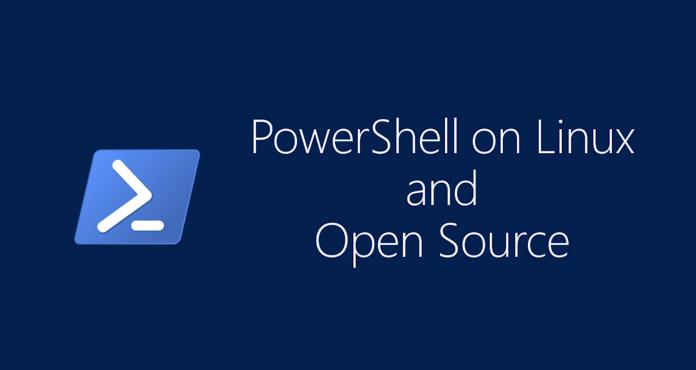PowerShell 7 has been in preview for over a year. It expands the capabilities of the tool that gives users a command-line shell and solution for managing scripts and modules. “Today, we’re happy to announce the Generally Available (GA) release of PowerShell 7.0,” Microsoft’s Joey Aiello writes in the announcement. “We’d like to thank our many, many open-source contributors for making this release possible by submitting code, tests, documentation, and issue feedback. PowerShell 7 would not have been possible without your help.” PowerShell 7 is once again built on .NET Core. As we have previously reported, the service is also available on Mac and Linux. “We believe that this could be occurring because existing Windows PowerShell users have existing automation that is incompatible with PowerShell Core because of unsupported modules, assemblies, and APIs,” explains Steve Lee, principal software engineer for PowerShell said at the time.
Details
Among the new features bundled into the PowerShell 7 package. Microsoft has added an easier way to see errors and new operators to the shell. Furthermore, a new compatibility layer for importing modules is also available, although only in Windows. Other new features include automatic notifications for new versions, alongside APIs and bug fixes. You can get PowerShell 7 across a range of platforms. On the Windows side, the tool is available on Windows 7, 8.1, and 10, Windows Server 2008 R2 or newer. Other supported platforms include macOS 10.13 or newer, and several Linux variants, including Alpine Linux 3.8+, Debian 9+, Fedora 29+, openSUSE 15+, Red Hat Enterprise Linux/Cent OS 7+, and Ubuntu 16.04+.




